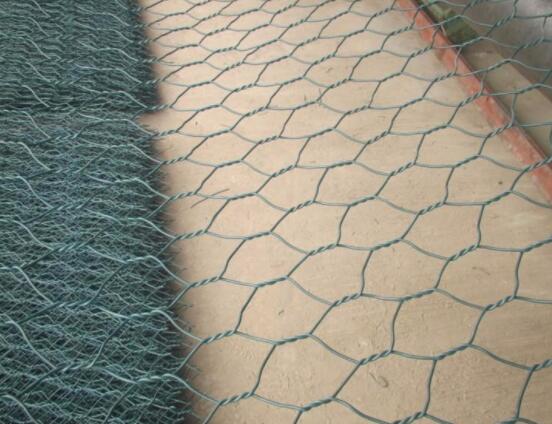Perforated Metal Sheet Cladding A Modern Architectural Solution
In recent years, the architectural landscape has evolved significantly, with designers and builders increasingly seeking innovative materials to enhance both aesthetics and functionality. One such material that has garnered attention is perforated metal sheet cladding. This versatile solution combines durability, design flexibility, and sustainable features, making it an attractive choice for various construction projects.
Perforated metal sheets are essentially flat metal panels that have been punctured with a series of holes or patterns. These perforations can vary in size, shape, and arrangement, allowing architects to create custom designs that meet their specific needs. The cladding serves not only as a protective exterior layer but also as a key design element, adding texture and depth to building facades.
One of the primary advantages of using perforated metal sheet cladding is its ability to control light and ventilation. The perforations allow natural light to filter into a building while maintaining privacy for occupants. This feature is particularly beneficial in urban settings where buildings are situated close together. Additionally, the holes promote airflow, reducing the risk of moisture buildup and enhancing indoor air quality. This natural ventilation can lead to lower energy consumption, contributing to the building’s overall sustainability.
perforated metal sheet cladding

The aesthetic appeal of perforated metal cladding is another significant draw for architects. The ability to create intricate patterns and artistic designs opens up a realm of creative possibilities. Whether used in commercial, residential, or industrial applications, the cladding can be tailored to complement various architectural styles. The metallic finish gives a contemporary edge, while also being available in a variety of colors and coatings. This adaptability not only enhances visual interest but also allows buildings to blend seamlessly into their surroundings or stand out as landmarks.
Durability is paramount in construction materials, and perforated metal sheets excel in this area as well. Made from materials such as aluminum, stainless steel, or other alloys, they are resistant to corrosion, weathering, and pests. This longevity reduces the need for frequent maintenance and replacement, which translates into cost savings over the life of the building. Furthermore, perforated metal can be recycled, aligning with sustainable building practices.
Another significant aspect of perforated metal sheet cladding is its impact on energy efficiency. By allowing for passive solar control, the cladding can reduce heat gain in buildings, leading to lower cooling costs. When utilized appropriately, it can contribute to earning points in green building certification programs such as LEED (Leadership in Energy and Environmental Design). The ability to integrate technology with perforated cladding provides further energy-saving opportunities, as it can accommodate features like solar panels or integrated lighting.
In conclusion, perforated metal sheet cladding is a modern architectural solution that combines functionality, sustainability, and aesthetic appeal. Its versatility allows for creative freedom while providing practical benefits such as natural ventilation, privacy, and durability. As architects and builders continue to push the boundaries of design, perforated metal will undoubtedly remain a key player in the evolution of contemporary architecture. With its myriad advantages, it is clear why so many are embracing this innovative material for their projects.

















